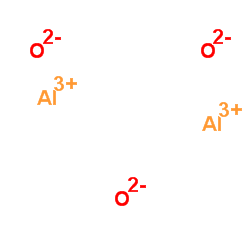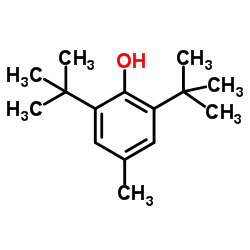Journal of chromatography. A
2015-02-13
Determination of synthetic phenolic antioxidants and relative metabolites in sewage treatment plant and recipient river by high performance liquid chromatography-electrospray tandem mass spectrometry.
Runzeng Liu, Ting Ruan, Shanjun Song, Yongfeng Lin, Guibin Jiang
Index: J. Chromatogr. A. 1381 , 13-21, (2015)
Full Text: HTML
Abstract
Robust analytical methods were developed for the determination of eight emerging synthetic phenolic antioxidants (SPAs) and three metabolites in sewage sludge, effluent and river water matrices. Accelerated solvent extraction was employed for the extraction of the target analytes from sludge, dichloromethane/hexane=3:1 (extraction solvent) and 90°C (extraction temperature) were used after optimization. Silica gel packed column was chosen for the subsequent clean-up procedure for sludge extract. For the water sample analysis, liquid-liquid extraction combined with silica gel clean-up was used. The targets were determined by optimized high performance liquid chromatography-tandem mass spectrometry method in negative electrospray ionization mode. The method quantification limits of the 11 analytes ranged from 0.1 to 23 ng/L, 0.1 to 20 ng/L and 0.1 to 15 ng/g for sewage effluent, river water and sludge matrices, respectively. The total recoveries of the pretreatment varied from 63 to 106%, with relative standard deviations less than 17% for the three matrices at different spiking levels. Nine targets including 2,6-di-tert-butyl-4-methylphenol (BHT), 3,5-di-tert-butyl-4-hydroxybenzaldehyde (BHT-CHO), 2,6-di-tert-butyl-1,4-benzoquinone (BHT-Q), 2,6-di-tert-butyl-4-hydroxy-4-methyl-2,5-cyclohexadienone (BHT-quinol), 3-tert-butyl-4-hydroxyanisole (BHA), 4-tert-octylphenol (4-tOP), 2,2'-methylenebis(6-tert-butyl-4-methylphenol) (AO 2246), 4,4'-butylidenebis(2-(1,1-dimethylethyl)-5-methyl-phenol) (AO 44B25) and 1,3,5-trimethyl-2,4,6-tris(3,5-di-tert-butyl-4-hydroxybenzyl)benzene (AO 330) were identified in the collected samples, with concentrations ranging 1.1-2325 ng/g and 0.4-2510 ng/L for sludge and water matrices, respectively. Sewage effluent was considered as a possible contamination source of certain SPA homologues and relative metabolites to the recipient aquatic systems.Copyright © 2015. Published by Elsevier B.V.
Related Compounds


